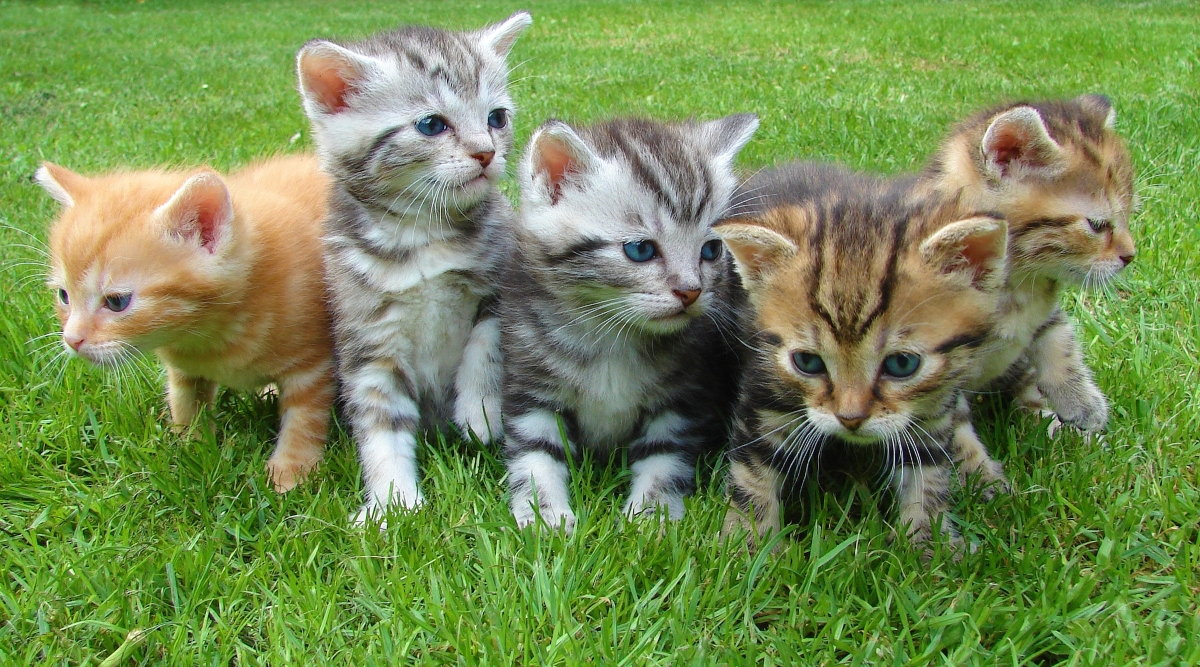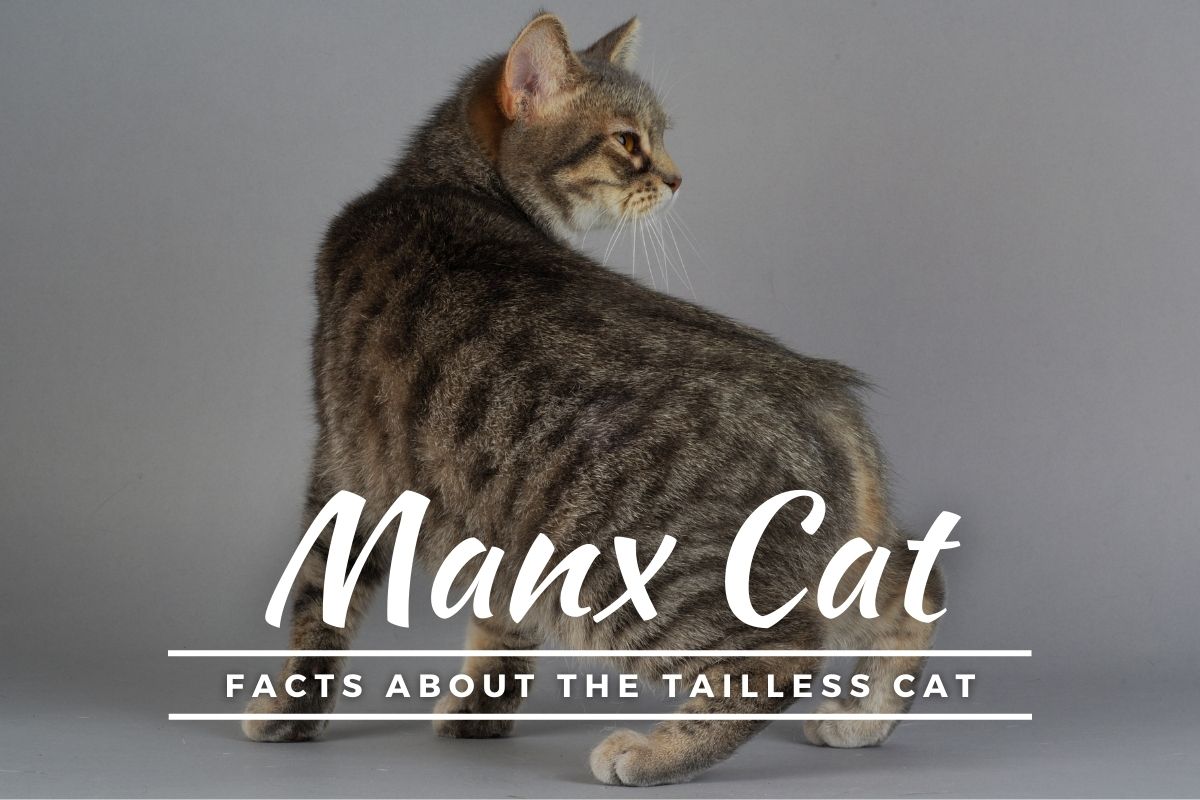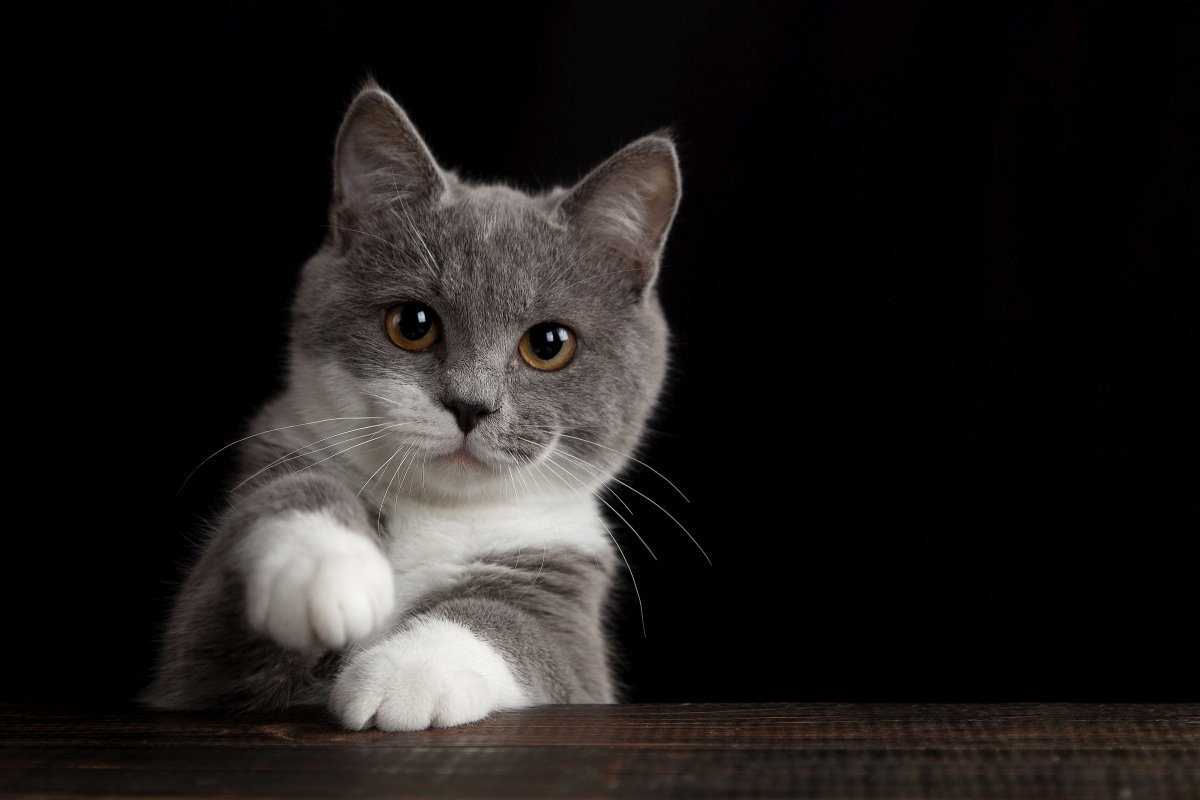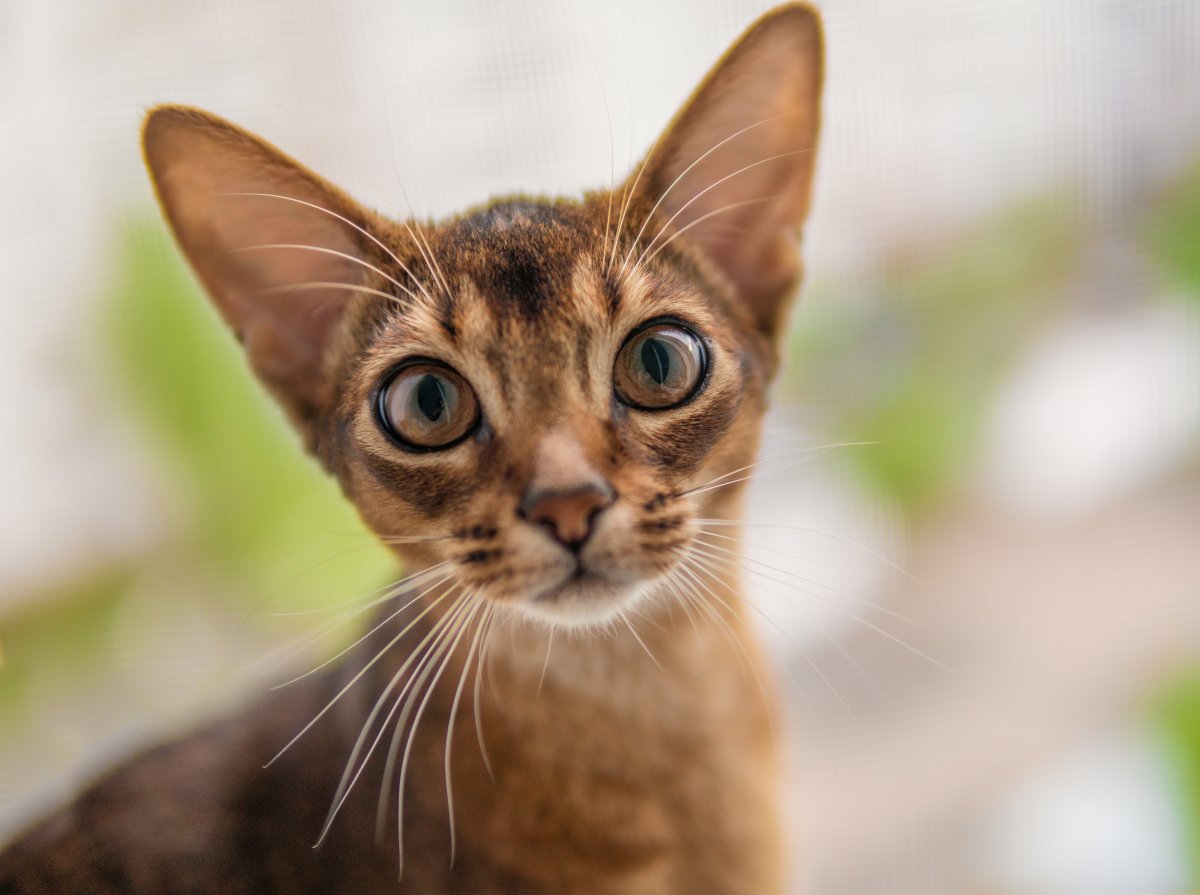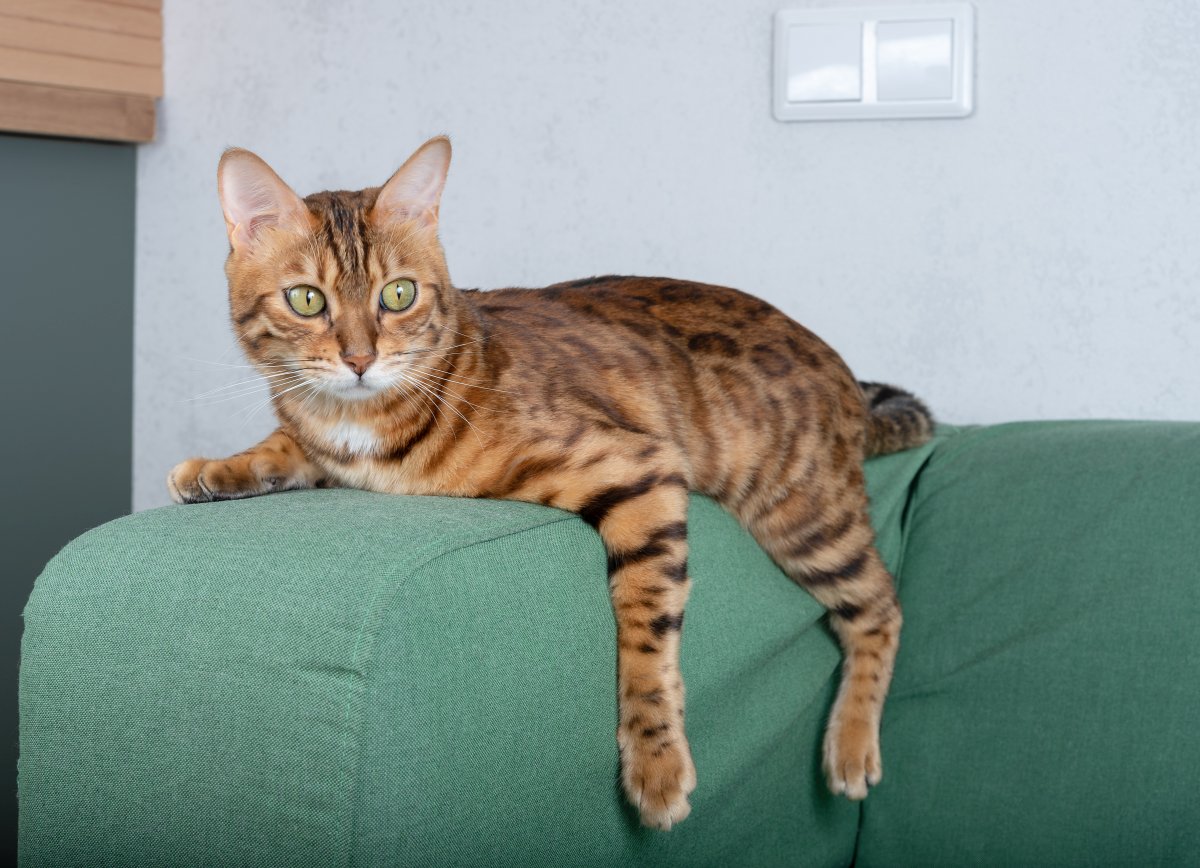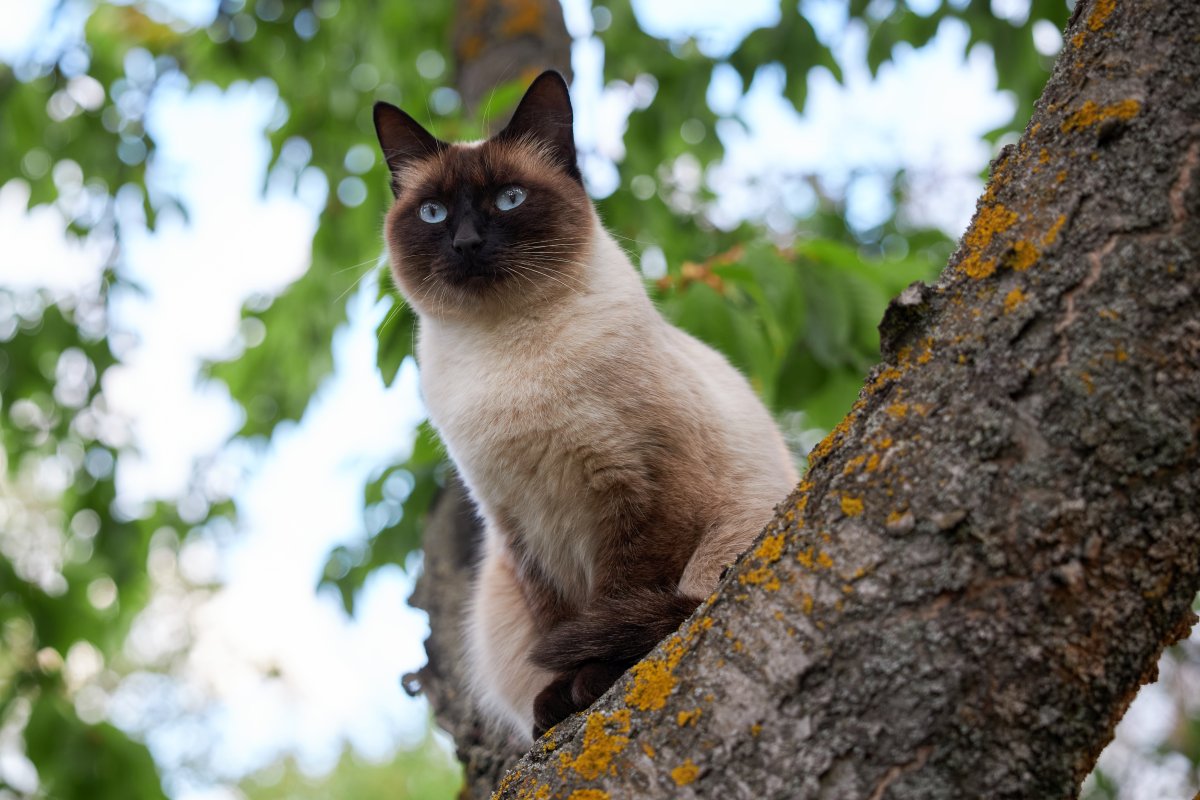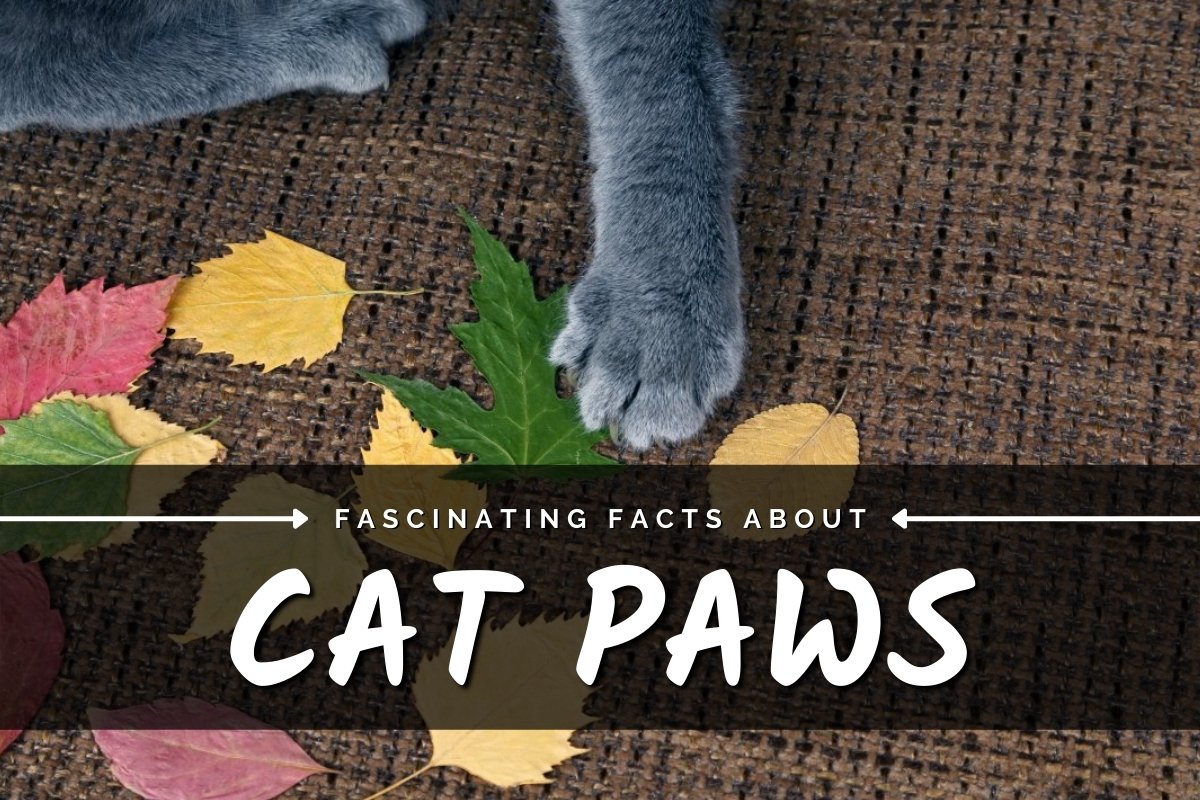Do you want to know what your cat is thinking? If you are a loving pet owner, then of course you do. Since man understands no cats language, we need to understand cat communication cues to understand them better. Cats use everything, from their ears to their eyes and tails, to communicate with humans and other cats alike.
Understanding cat communication is not that difficult when you know how to decode cat body language. While you could invest in a cat body language chart, you could do easily without one as well by reading our easy-to-understand guide.
Slowly blinking:
A slow blink is the main form of conveying love in the world of cat communication. If you see your cat looking at you and then blinking slowly: rest assured, your cat loves you! This slow blink may be followed by your cat approaching you and then “bumping” its forehead with yours. You can respond by blinking back slowly at your cat since this would signify that you love your cat back in the cat communication world.
Meowing:
The meowing sound is the main vocal cue through which cats communicate with humans. If your cat is looking at you and meowing, this means that it wants you to pay attention to it! Rack your brains to see when you last fed your cat; maybe your kitty is just hungry? Meowing is the primary form of cat communication with humans, so you should spend time with your cat if you hear this sound a little too much: our kitties love our attention now and then!
Purring:
In the cat communication world, purring is a cue that displays contentment and peace. This low sound can often be heard when cats are petted, relaxing, or playing with their young ones. It acts as a pacifying sound, and in fact, scientists have discovered that this sound could also have healing properties for human beings. This is because the frequency of the purring sound could potentially heal human bones and joints after they have suffered an injury.
Growling cats:
The most dangerous of all cat communication cues is growling or hissing. If you hear your cat doing this, we would advise you to steer clear. Something or some animal has probably angered your cat, and it is best to give your feline friend some space so that it can let go of its anger in peace. You do not want to try and touch your cat when it is growling since this could injure you or your pet.
Dilated pupils:
When you see that your cat’s pupils are dilated, it signifies that your cat is preparing for attack or battle. Dilated pupils (or enlarged pupils in simpler words) allow more light to enter your pet’s eyes, giving them a better view of their surroundings. This is a form of cat communication that can tell you that either your cat is going to fight with some other animal, or it is going to hunt some smaller rodent it has laid its eyes on.
Raised Tail:
A raised tail is a positive signal from your cat, and it could indicate a range of things. When you come back home after a long day at work, your cat’s raised tail in the form of cat communication tells you that your feline friend is saying hi! A raised tail could also show that your cat wants to interact with you or is ready to play.
Flicking its tail:
If your feline friend is flicking its tail, this shows that your cat is feeling irritated. So, for instance, if you have gone to the vet and he is doing a check-up, or if you are grooming your pet and it starts flicking its tail, in the cat communication world, it means you should probably stop now.
Cats have a limited amount of patience, and if they start moving their tail, it’s like them tapping their feet, showing that they are running out of patience and getting a little fidgety. This is a sign that you should wrap up whatever you are doing. You can continue this activity later on when your cat is in a more patient mood.
Ears pointed towards the front:
According to cat communication experts, if your cat has pointed its ears towards the front, it means that its interest has been piqued by something. Cats have a very good sense of hearing, so even the tiniest sounds do not escape them. This cat communication signal is a positive one and could indicate a good time to start some sort of game to keep your cat’s interest aroused.
Ears flattened against the head:
In the world of cat communication, if a feline’s ears are flattened against its head, this is the sign of a defensive cat. Your cat has probably been threatened by something and is preparing to retaliate, or it has been agitated and is getting ready to attack. Whatever the reason for your cat feeling this way, we would suggest giving your cat some space. However, if something within your knowledge is bothering your cat, such as a particular toy, try and remove that from your cat’s field to put it at peace.
Arched Back:
If your cat’s back is arched, this cat communication cue indicates that you need to beware. Your cat has been frightened or upset by something, and if you can see what that is, try and remove that upsetting thing from your cat’s surroundings.
We hope that our guidance on cat communication signals helps you in understanding your feline friends better! While cats are famous for being complex animals, that does not mean you cannot communicate with them. With our easy-to-follow guide, deciphering your cat’s body language is a piece of cake and will help you become a better cat owner.

